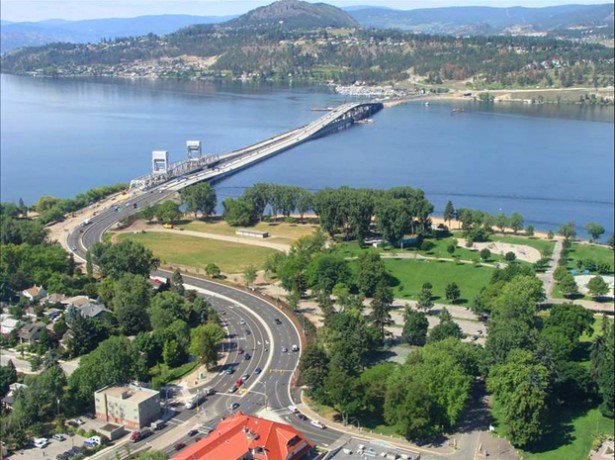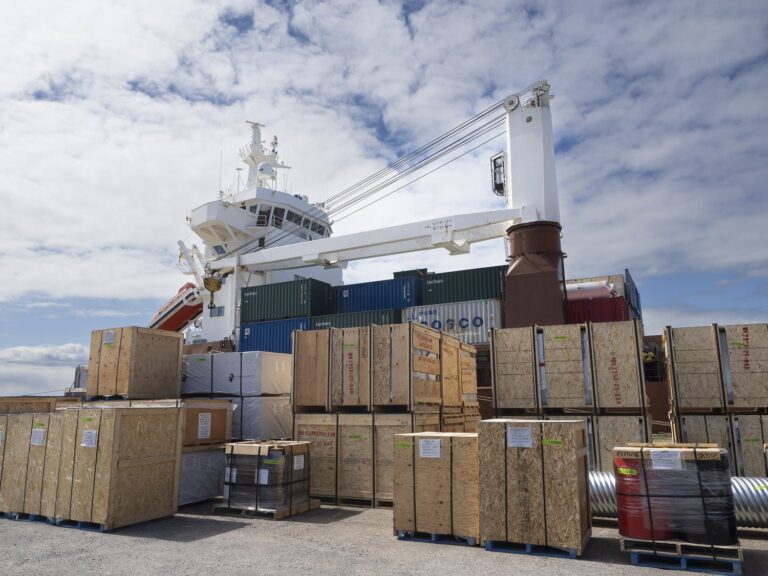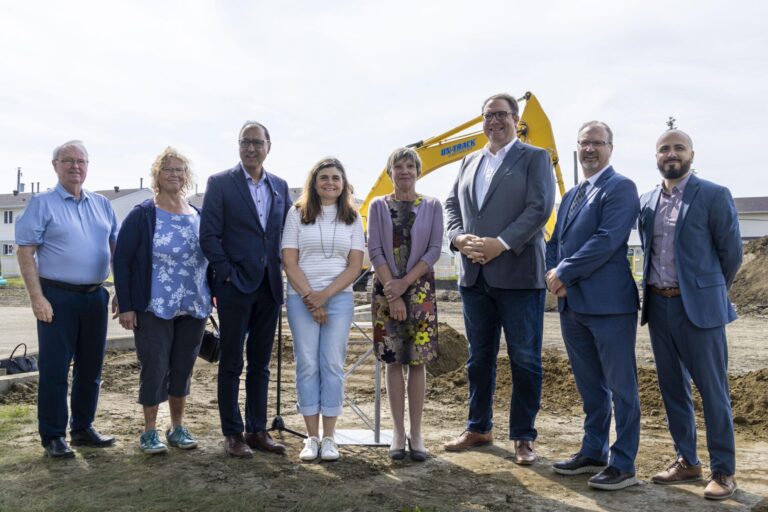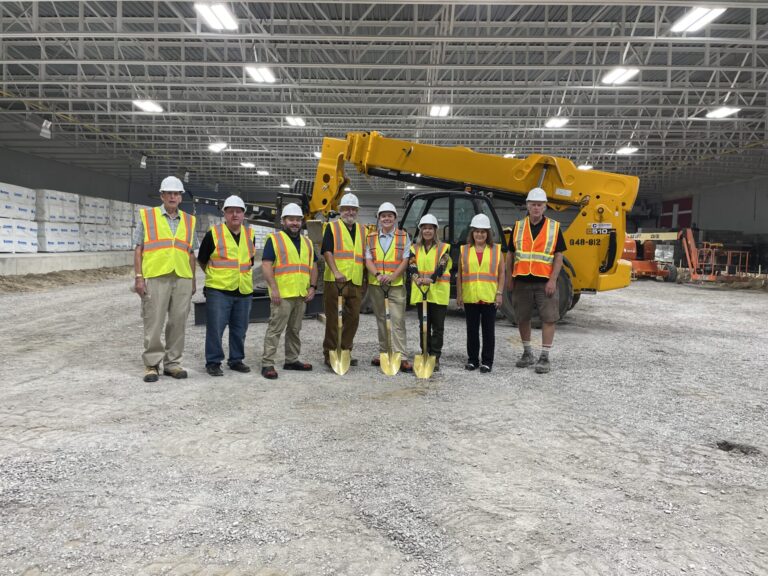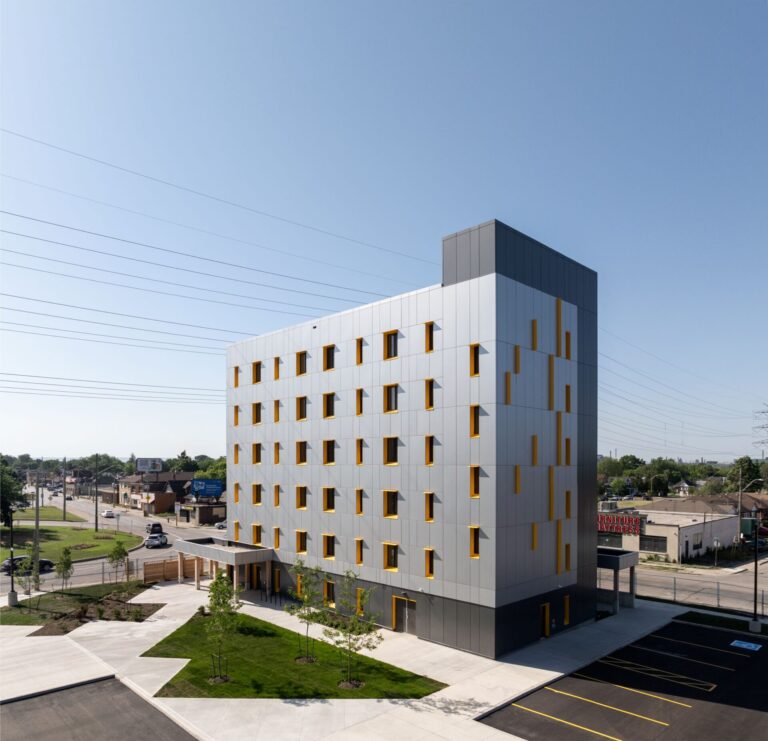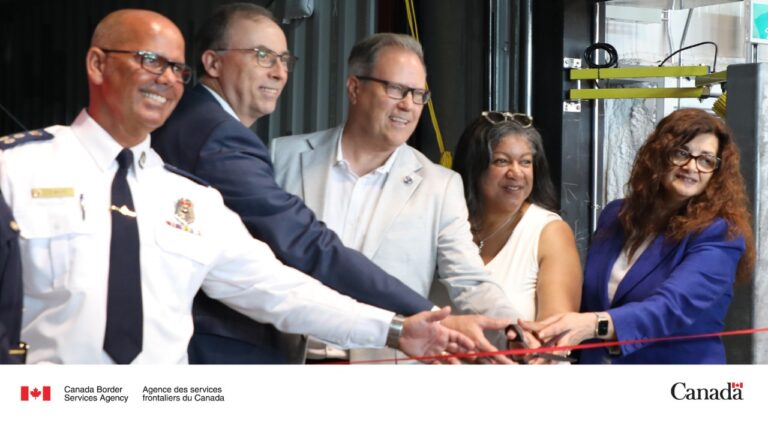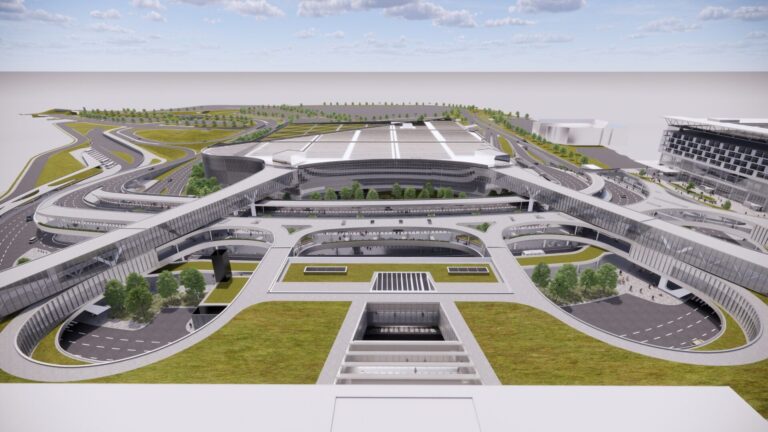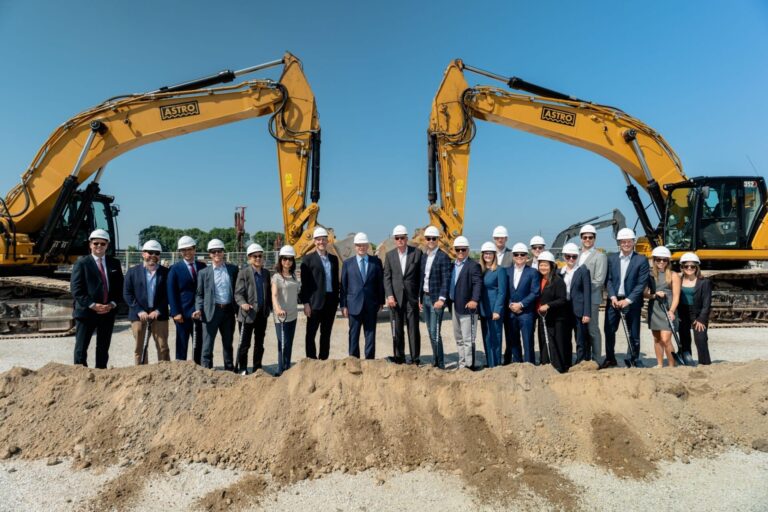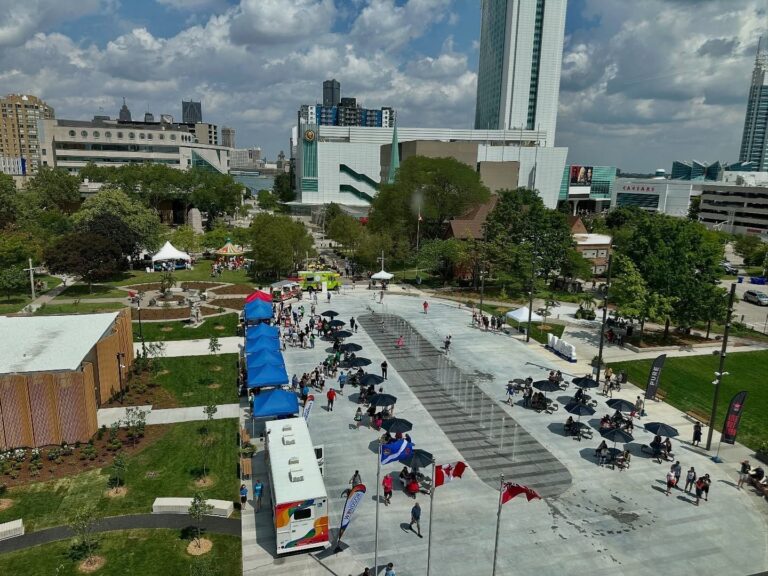After more than two years of technical studies, public consultation and region-wide collaboration, the Central Okanagan’s final Regional Transportation Plan and its supporting plans, including the Regional Bicycling and Trails Master Plan and Regional Disruptive Mobility Strategy, have been unveiled.
The Regional Transportation Plan identifies the transportation projects and priorities that are expected to help build and maintain a healthy, thriving and connected future for British Columbia’s Central Okanagan region. It will also help create a region where more people can choose sustainable transportation options.
Through November and December, the final plans are being presented for endorsement to members of the Sustainable Transportation Partnership of the Central Okanagan (STPCO).
“The Regional Transportation Plan is the first of its kind for the Central Okanagan,” said Rafael Villareal, integrated transportation department manager with the City of Kelowna and administrator of the STPCO. “This has been a long journey and learning process for residents, staff and our elected officials. We look forward to continued collaboration as we work together to improve our region’s connectivity.”
The interconnected projects, programs and policy recommendations will work together to connect people and places across the region and prepare for future population growth. They will also help people of all ages and abilities get around, reduce future greenhouse gas emissions, and help economic recovery post COVID-19.
Early consultation with stakeholders and residents both shaped the plan’s vision and goals as well as identified and refined potential transportation priorities and solutions. The final plans reflect the interests and values heard from people across the region and set the direction for Central Okanagan governments to work together to move people and goods more efficiently, achieve fast and reliable transit, create a safe and convenient regional bicycling and trails network, and incorporate new mobility options.
Some of the plan’s key features include creating a fast and reliable transit spine along the Highway 97 corridor, adding 81 new kilometres of regional bicycling and trails facilities, and investing in transportation improvements to better connect people to regional destinations such as UBC Okanagan and the Kelowna International airport.
Harvey Avenue in Kelowna is the corridor has been identified as having the best potential for reaching the population and employment densities needed to support bus rapid transit, light rail transit, or another form of higher capacity transit by the 2040 planning horizon. It’s anticipated the plan features along the provincial highway system will be looked at further as part of the next phase of the Ministry of Transportation and Infrastructure’s Central Okanagan Planning Study.
To learn more and view the final plans, click here: smartTRIPS.ca.

